
Course5982
Course Introduction:The HTTP protocol is a simple request-response protocol that usually runs on top of TCP. It specifies what kind of messages the client may send to the server and what kind of response it gets. The headers of request and response messages are given in ASCII form; the message contents have a MIME-like format.
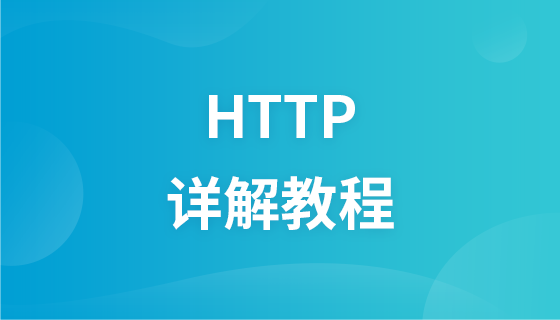
Course22673
Course Introduction:HTTP protocol (HyperText Transfer Protocol, Hypertext Transfer Protocol) is the most widely used network transmission protocol on the Internet. All WWW files must comply with this standard. From the beginning of this lesson, we will learn the details of HTTP.
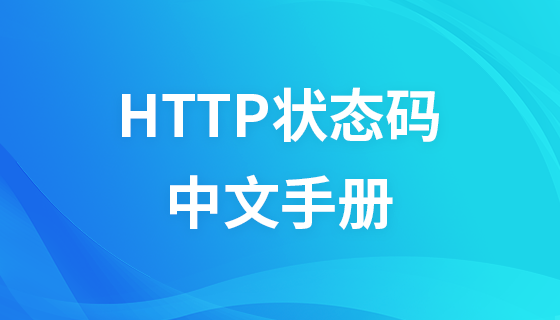
Course26430
Course Introduction:The English name of HTTP status code is HTTP Status Code. When a user browses a web page, the user's browser will send a request to the server where the web page is located, and before the browser receives the request, the web page's server will return an HTTP status code information. header in response to the browser's request. The following common HTTP status codes: 200-Request successful, 301-The resource (webpage, etc.) is permanently transferred to another URL, 404-The requested resource (webpage, etc.) does not exist, 500-Internal server error.

Course4773
Course Introduction:HyperText Transfer Protocol (HTTP, HyperText Transfer Protocol) is the most widely used network protocol on the Internet. All WWW files must comply with this standard.
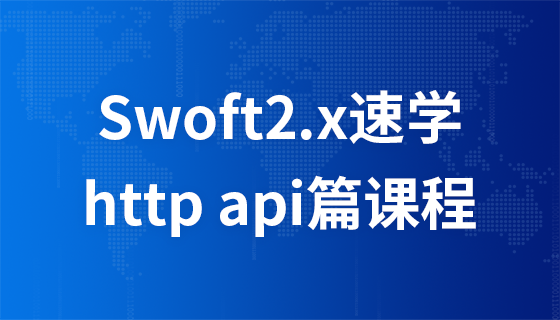
Course1405
Course Introduction:Swoft is a high-performance PHP coroutine framework developed based on Swoole extension. It is lightweight, high-performance, flexible and scalable. This course will lead students to learn and master the use of the Swoft framework from scratch through a series of chapters. In the first chapter, we will learn how to create a basic HTTP API and introduce the simulation of commodity API and the use of RequestMapping annotations. In the next few chapters, we will learn how to create product lists, product detail pages, and use regular expressions to control routing path parameters. In Chapter 5, we will initially learn how to use middleware and modify the return value of the controller method. In Chapters 6, 7, and 8, we will learn how to obtain GET parameters and POST parameters, and simulate product modification operations. In Chapters 9, 10, and 11, we will learn how to automatically convert JSON parameters into entity objects and use reflection to execute setter functions. In Chapter 12, we will learn the basic configuration of the database and use native queries to obtain product details. In Chapters 13 and 14 we will learn how to use validators and practice controlling character length validation. In Chapter 15, we will learn more ways to use the validator, including validation types and non-annotation usage, and upgrade the Swoft version. Finally, in Chapter 16, we will learn about database connection pooling
How to make table cell values hyperlinked in Dash? (Using Plotly, Dash, Pandas, etc.)
2023-11-17 18:47:10 0 1 283
2023-11-16 14:36:03 0 12 290
2023-11-12 19:34:27 0 1 244
Laravel: GuzzleHttp\Exception\ConnectException: cURL Error 7: Connection failed
2023-11-09 18:54:47 0 1 196
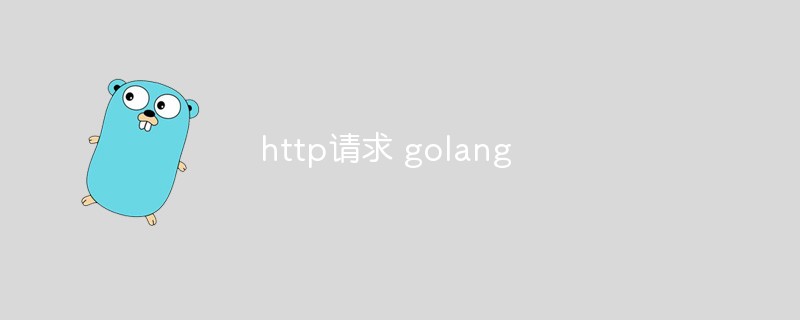
Course Introduction:1. What is an HTTP request? An HTTP request refers to the behavior of the client sending a request to the server. In the network, clients and servers can communicate through the HTTP protocol. The client sends an HTTP request and the server returns a response according to the request. Therefore, HTTP requests form one of the key parts of network communication. In an HTTP request, the following content is usually included: 1. URL: Uniform Resource Locator, used to uniquely identify a resource on the network. 2. HTTP methods: Common ones include GET, POST, PUT, and DELE
2023-05-16 comment 0476
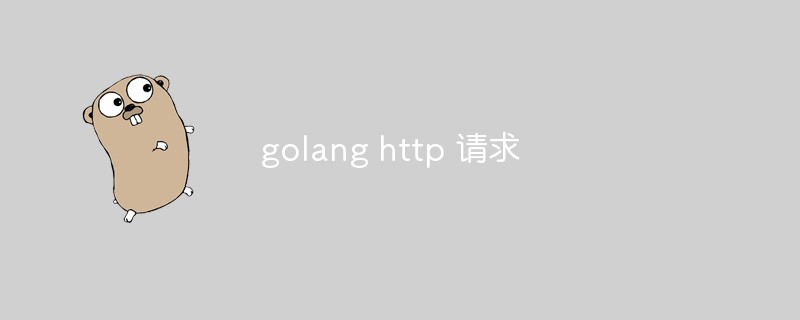
Course Introduction:Golang is an open source programming language, and its emergence has made many developers very interested. In terms of web development, Golang is very convenient to use, making HTTP requests simpler and more reliable. Golang provides good support for HTTP requests, and HTTP requests can be easily created to achieve the purpose. This article will explore the use of HTTP requests in Golang. 1. HTTP request HTTP (Hypertext Transfer Protocol, Hypertext Transfer Protocol) is a
2023-05-16 comment 01479

Course Introduction:Go language is a fast, reliable, and concise programming language that is favored for its excellent concurrency and network programming capabilities. When doing network programming, HTTP requests are an inevitable part of the program development process. This article will introduce how to make HTTP requests in Go language. 1. Import and net/http packages HTTP requests and responses are implemented in the Go language through the net/http package. Import the package: ```import ("net/http")``` 2. GET request The following code shows how to use
2023-05-27 comment 0931
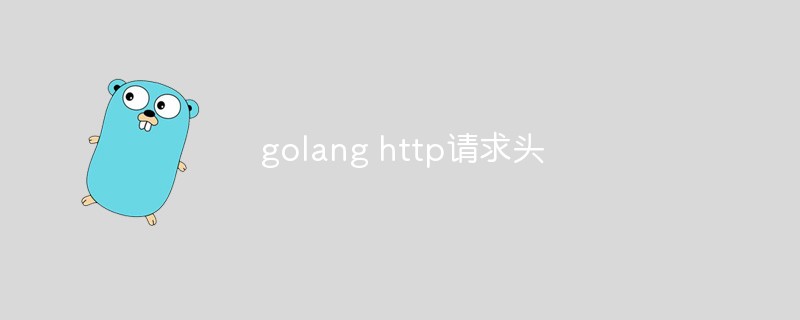
Course Introduction:Golang is a popular programming language used for building high-performance web applications. When developing web applications, HTTP request headers are an essential part, providing information about the request and instructions indicating how the request should be handled. This article will discuss the relevant content of HTTP request headers in Golang, including what are HTTP request headers, the basic structure of HTTP request headers, how to set HTTP request headers in Golang, and some commonly used HTTP request header fields. What are HTTP request headers? HTTP
2023-05-14 comment 0540

Course Introduction:With the rapid development and popularization of the Internet, the importance of network applications continues to rise. And all of this is inseparable from the HTTP protocol, because it is one of the cornerstones of the World Wide Web. In the development process of network applications, we often encounter situations where HTTP request forwarding is required. This article introduces how to use Golang to implement HTTP request forwarding. 1. HTTP request forwarding principle HTTP request forwarding, as the name implies, is to forward some client requests to other servers for processing. This process requires multiple HTTP protocol interactions, so you need to understand H
2023-05-16 comment 0667